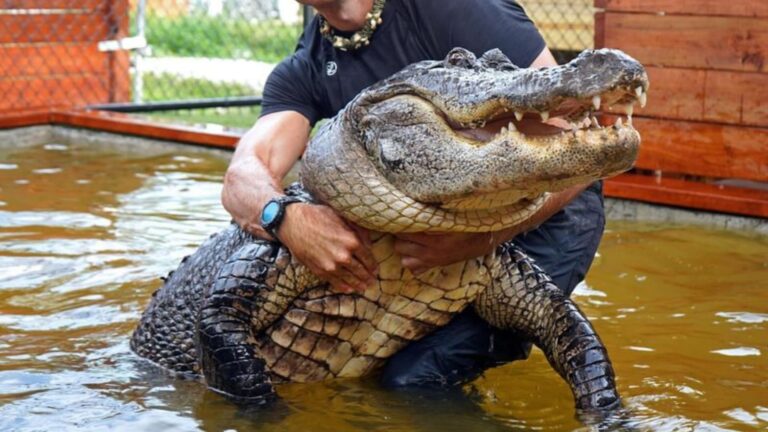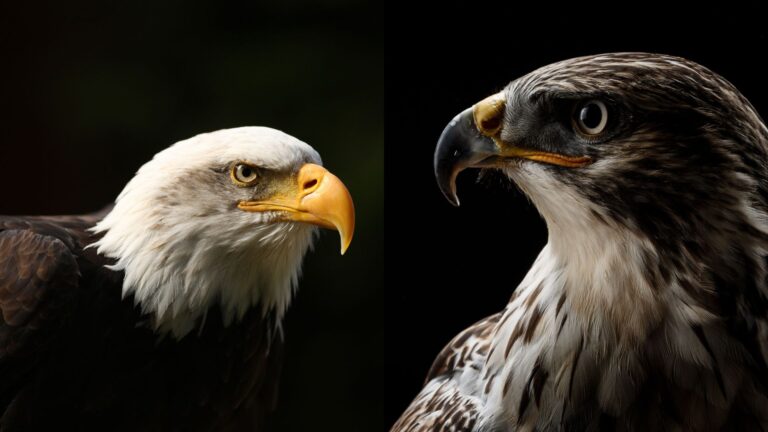10 Animals That Can Fly Without Wings (And 5 That Struggle Even With Them)
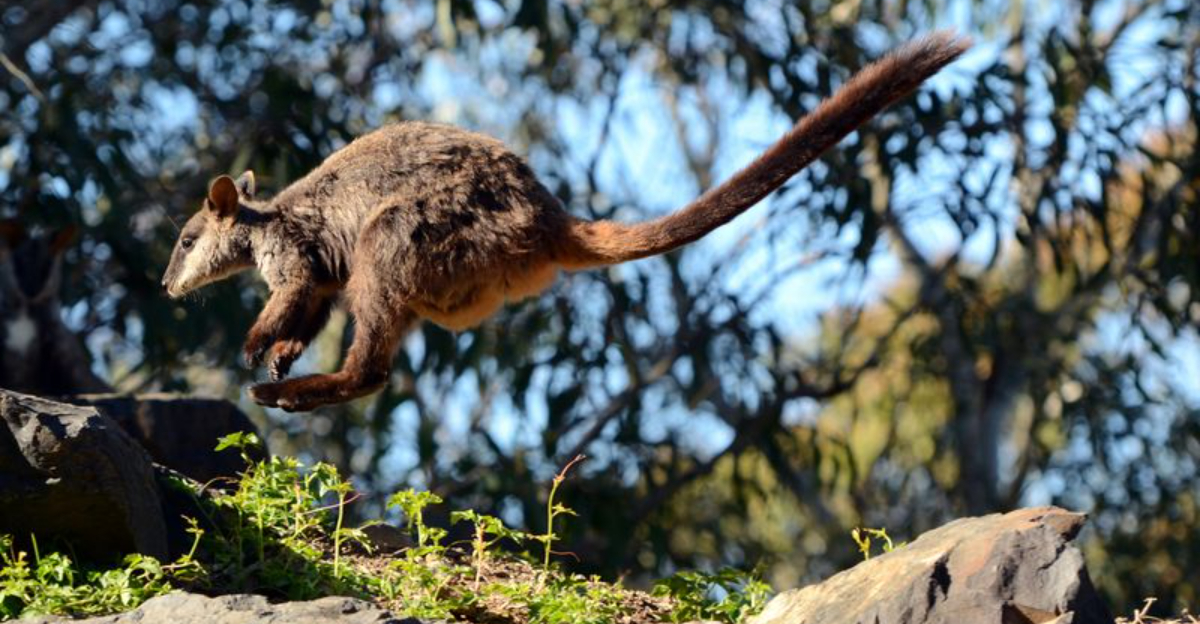
Nature never ceases to amaze us with its extraordinary adaptations. When we think of flying, birds and insects typically come to mind, but the animal kingdom holds surprising secrets.
Some creatures have evolved ingenious ways to soar through the air without traditional wings, while others possess wings but can’t take flight. Let’s explore these remarkable animals that defy our expectations of what it means to fly.
1. Flying Fish
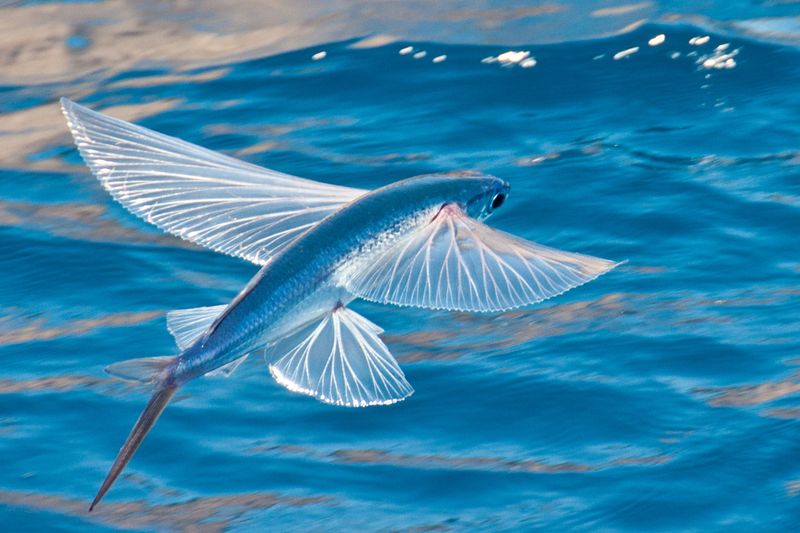
Speeding through ocean waters, flying fish build momentum before breaking the surface with powerful tail thrusts. Their enlarged pectoral fins unfold like wings, carrying them up to 650 feet across the water’s surface.
This remarkable adaptation helps them escape predators like dolphins and tuna. By gliding above the waves, they create moments of safety in their dangerous marine world.
2. Flying Squirrel
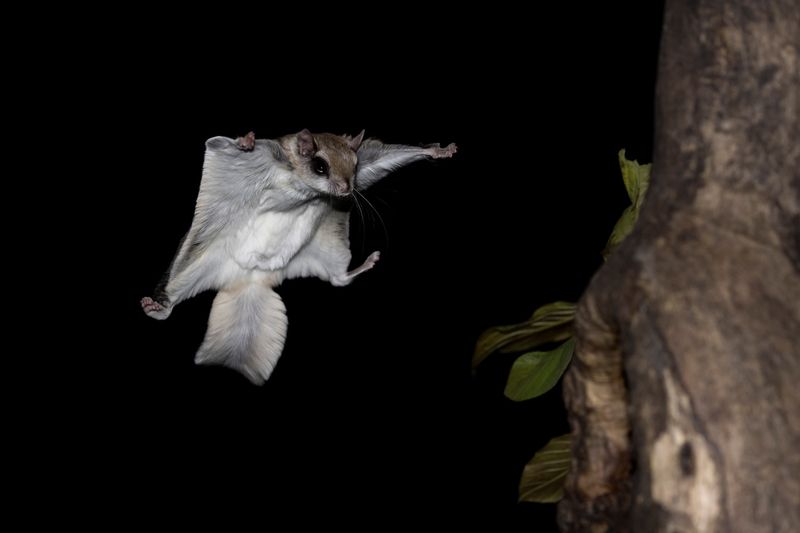
Moonlight reveals the silhouette of a flying squirrel launching from a tall pine. Stretching out its limbs, the furry patagium—a membrane connecting wrist to ankle—transforms this rodent into a living hang glider.
Not truly flying, these nocturnal acrobats can soar over 150 feet between trees. Their flattened tails serve as rudders, allowing precise landings on narrow branches.
3. Sugar Glider
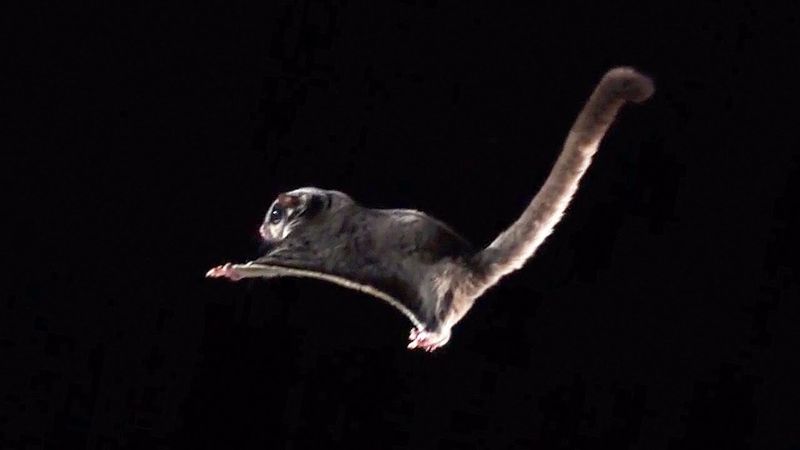
Pocket-sized daredevils of Australian forests, sugar gliders possess a secret superpower. The patagium stretching between their front and back legs allows these marsupials to soar through the air with remarkable precision.
Capable of gliding up to 150 feet, they steer by adjusting their membrane and using their fluffy tails as rudders. Their large eyes provide excellent night vision for these nocturnal aerial adventures.
4. Flying Lemur
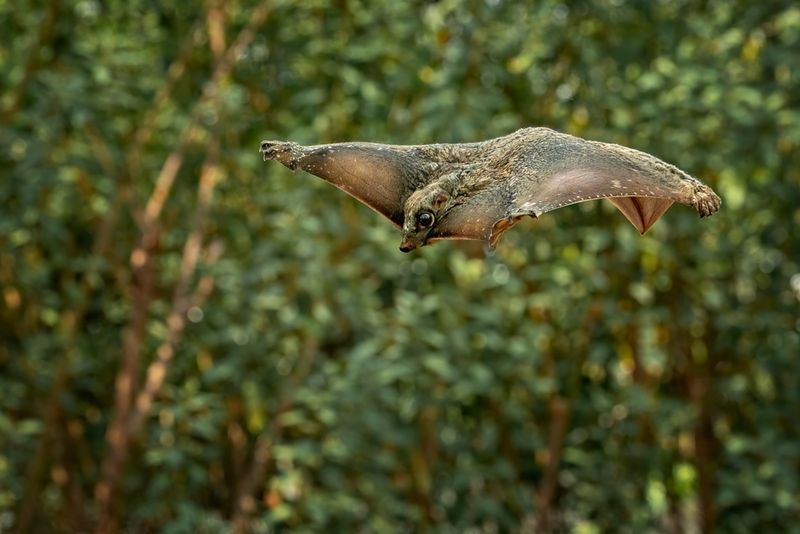
Despite its misleading name, the flying lemur neither flies nor is a true lemur. These Southeast Asian mammals possess the most developed gliding membrane of any mammal, extending from neck to fingertips, toes, and tail tip.
Masters of energy conservation, they can glide over 300 feet with minimal altitude loss. Their leaf-based diet requires minimal energy, perfectly complementing their efficient travel method through dense forests.
5. Gliding Gecko
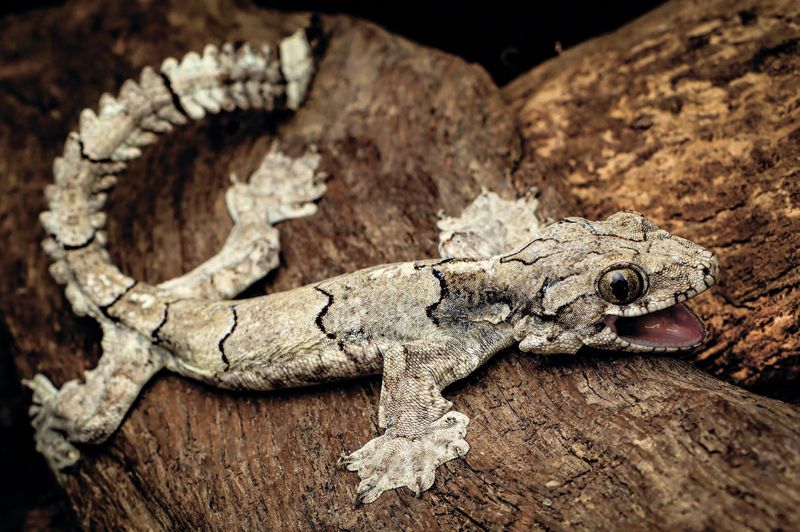
Perched on tropical treetops, certain geckos have evolved an extraordinary escape strategy. Species like the flying gecko (Ptychozoon) possess skin flaps along their bodies, tails, and even between their toes.
When threatened, these reptiles launch themselves into the air. Their specialized skin unfurls like a parachute, allowing controlled descents rather than dangerous falls. Their flattened bodies create lift, turning potential disaster into graceful aerial navigation.
6. Colugos
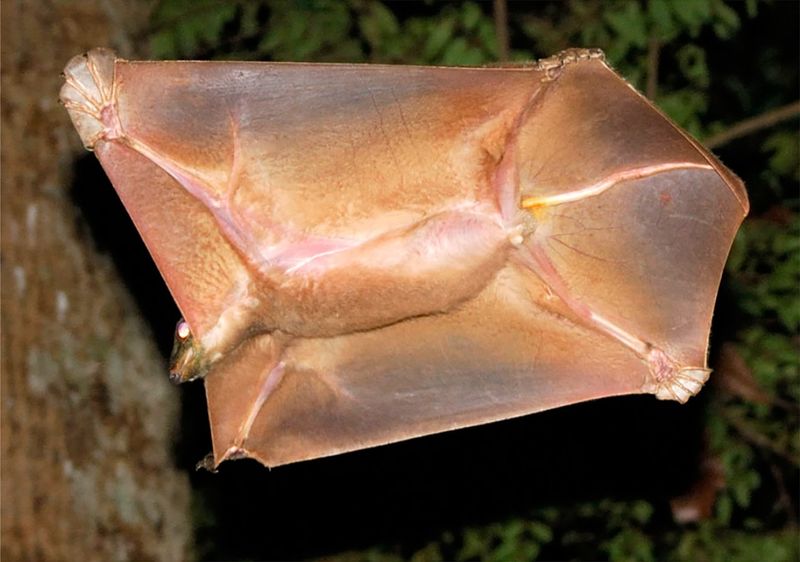
Often mistaken for flying lemurs, colugos possess the most extensive gliding membrane of any mammal. This furry parachute extends from their neck to the tips of their fingers, toes, and tail, creating a nearly perfect square when extended.
Solitary tree-dwellers of Southeast Asian forests, they can glide over 200 feet with minimal altitude loss. Their specialized teeth help process tough leaves, while their gliding ability lets them access widely scattered food sources.
7. Flying Dragon (Draco Lizard)
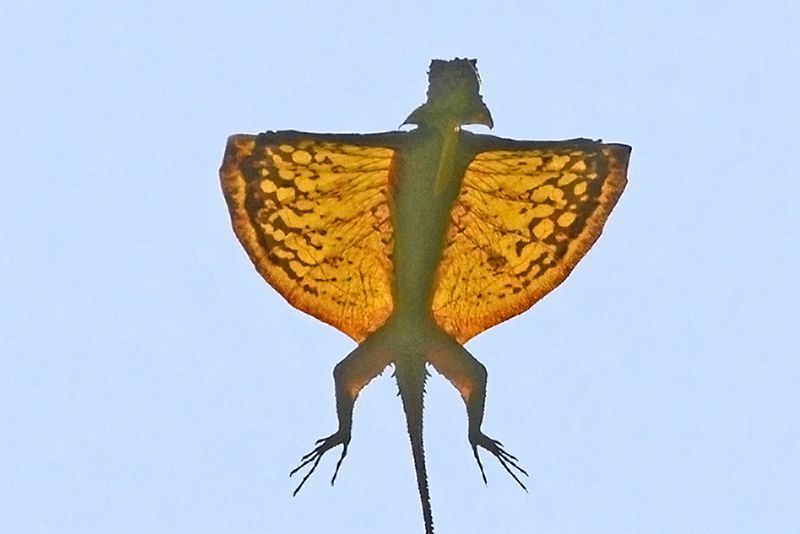
Sunlight filters through the forest canopy, illuminating one of nature’s most remarkable reptiles. The Draco lizard extends modified ribs that support colorful membranes, transforming this small creature into a living glider.
Unlike other gliding animals, these Asian lizards don’t need skin between limbs. Their unique rib structure creates wing-like projections that carry them up to 30 feet between trees, helping them hunt insects and escape predators with aerial grace.
8. Wallabies
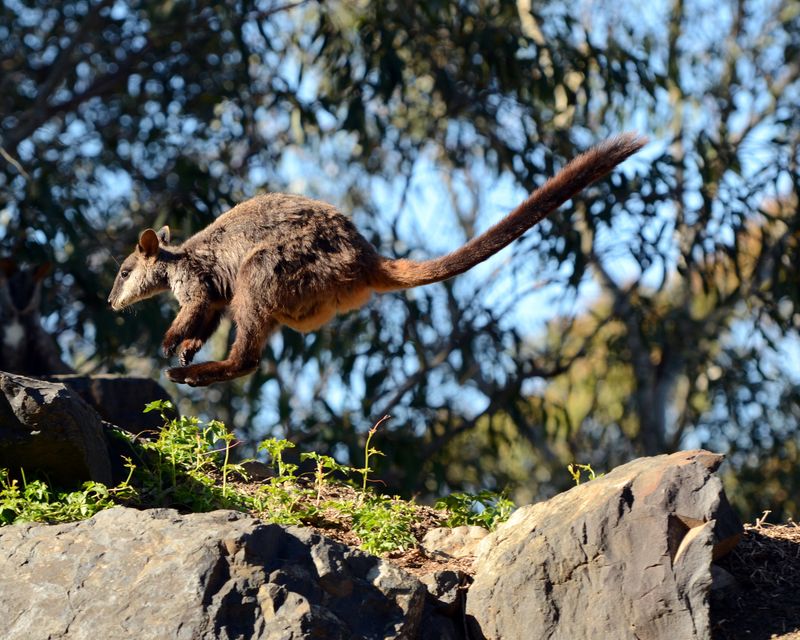
Kangaroos’ smaller cousins have mastered an unexpected form of pseudo-flight. When threatened in Australia’s rugged terrain, rock wallabies perform astonishing leaps that momentarily resemble gliding.
Using powerful hindlimbs, they propel themselves across chasms up to 13 feet wide. Their tails provide crucial balance during these gravity-defying jumps. While not true gliding, their aerial maneuvers create an illusion of flight that confounds predators.
9. Batfish
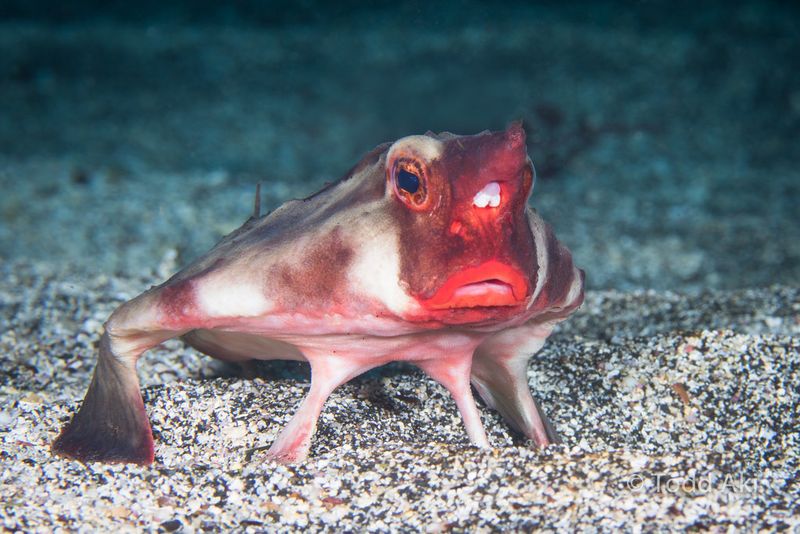
Beneath tropical waters lurks a peculiar fish with wing-like pectoral fins. The batfish uses these modified appendages to push against the water’s surface, launching itself into brief aerial journeys.
Unlike their cousins the flying fish, batfish flights are shorter but equally effective for escaping predators. Their flattened bodies create natural lift, while their stiff fins provide stability during these unexpected airborne excursions.
10. Flying Squid
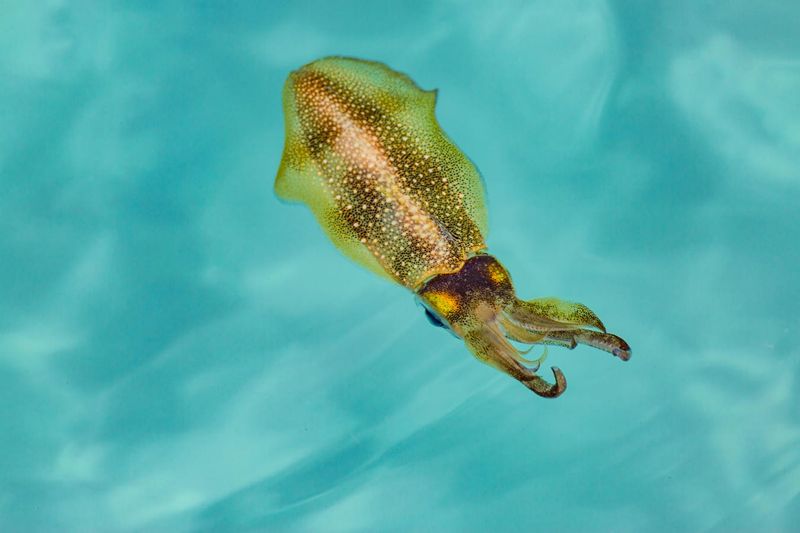
Ocean voyagers occasionally witness an extraordinary sight: squadrons of squid launching from the waves. Several squid species have mastered jet propulsion, expelling water forcefully to break the surface at remarkable speeds.
Once airborne, they extend their tentacles and mantle into wing-like shapes. Some can soar nearly 100 feet, reaching heights of 20 feet above the waves. This unexpected adaptation helps them escape fast-swimming predators like tuna and dolphins.
11. Penguin
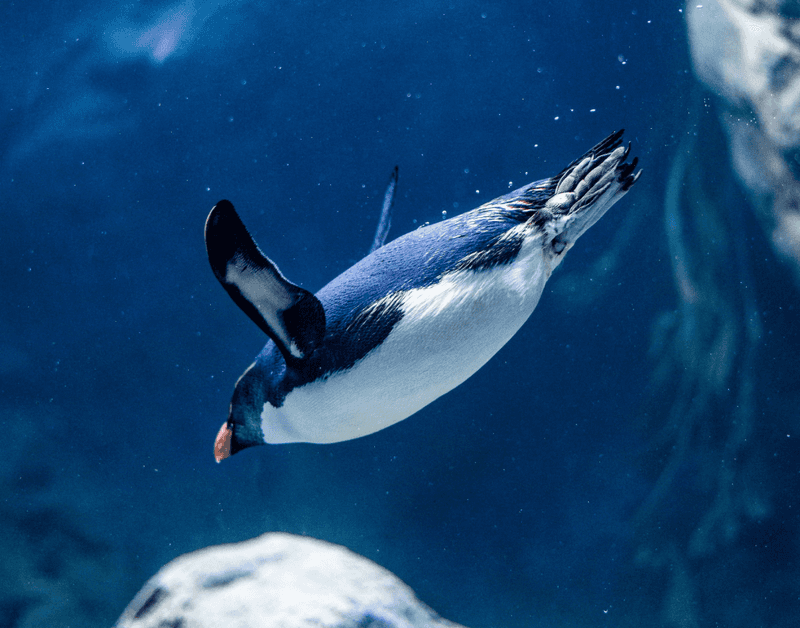
Tuxedo-clad and charismatic, penguins possess wings that evolution repurposed for underwater prowess. These flippers propel them through ocean currents with astonishing speed and agility, turning them into aquatic missiles.
On land, however, these wings offer little help for their waddling gait. Some species, like the rockhopper, use their flippers for balance while hopping across rocky terrain. Their wing transformation represents a perfect example of specialized adaptation.
12. Ostrich
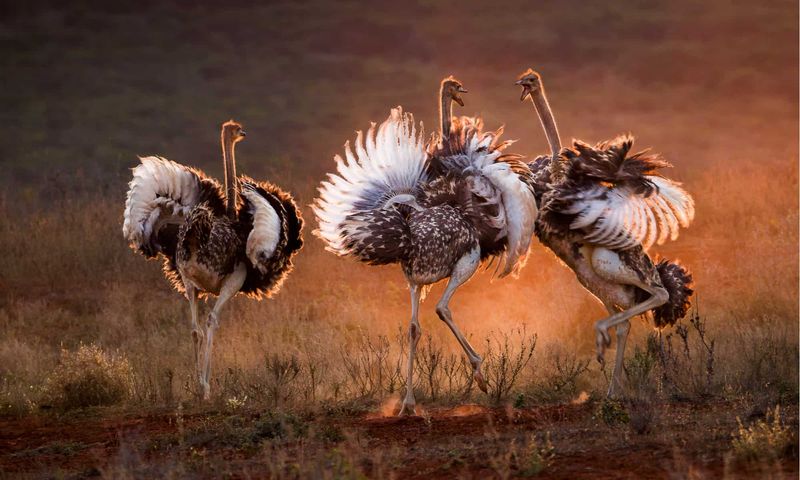
Africa’s tallest bird boasts impressive wings spanning up to 6 feet, yet remains firmly grounded. Rather than flight, ostriches have adapted their feathered appendages for different purposes.
During courtship displays, males fan their wings impressively to attract mates. When running at speeds approaching 45 mph, these wings act as stabilizers and rudders. They also serve as temperature regulators, shading chicks and cooling adults in the scorching savanna heat.
13. Kiwis
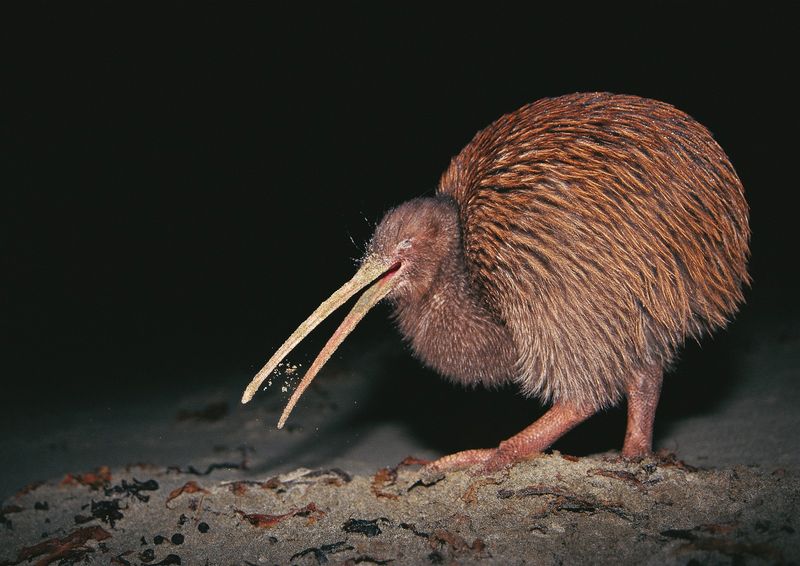
New Zealand’s beloved national bird carries a secret beneath its shaggy feathers: tiny, vestigial wings completely hidden from view. These 1-inch appendages serve virtually no purpose, representing one of evolution’s most extreme wing reductions.
Unlike most flightless birds, kiwis don’t use their wings for balance or displays. Instead, they’ve developed powerful legs and exceptional sense of smell. Their nocturnal lifestyle and underground nesting habits made flight unnecessary over evolutionary time.
14. Emu
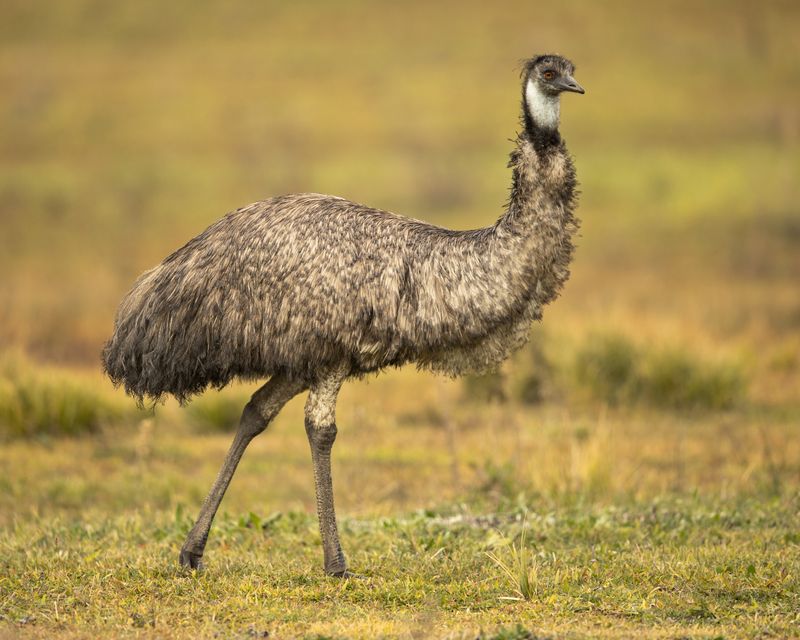
Australia’s iconic emus possess tiny wings nearly invisible beneath their shaggy feathers. Each wing spans barely 8 inches—comically small for a bird standing over 6 feet tall.
These vestigial appendages can’t generate lift but serve other functions. During hot weather, emus raise their wings slightly to increase airflow against their bodies. They also play a role in courtship displays, though their primary defensive strategy relies on powerful kicks from their muscular legs.
15. Cassowary
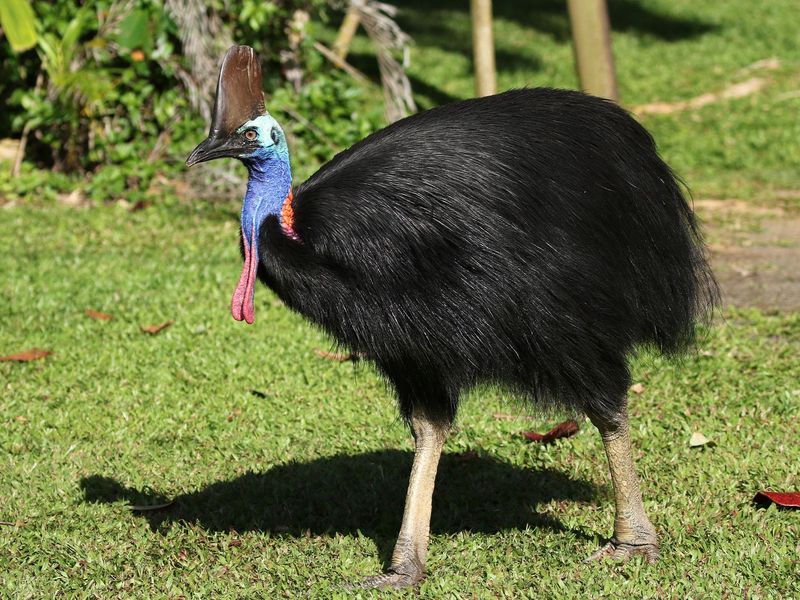
Rainforest dwellers of Australia and New Guinea, cassowaries are living dinosaurs with vestigial wings ending in sharp claws. These prehistoric-looking birds possess just five primary feathers on each wing—a dramatic reduction from their flying ancestors.
Their wings serve primarily as protection during dense forest travel. When threatened, cassowaries can run at 30 mph and jump 5 feet high. Combined with their dagger-like claws and helmet-like casque, these adaptations make them formidable despite their flightless nature.

